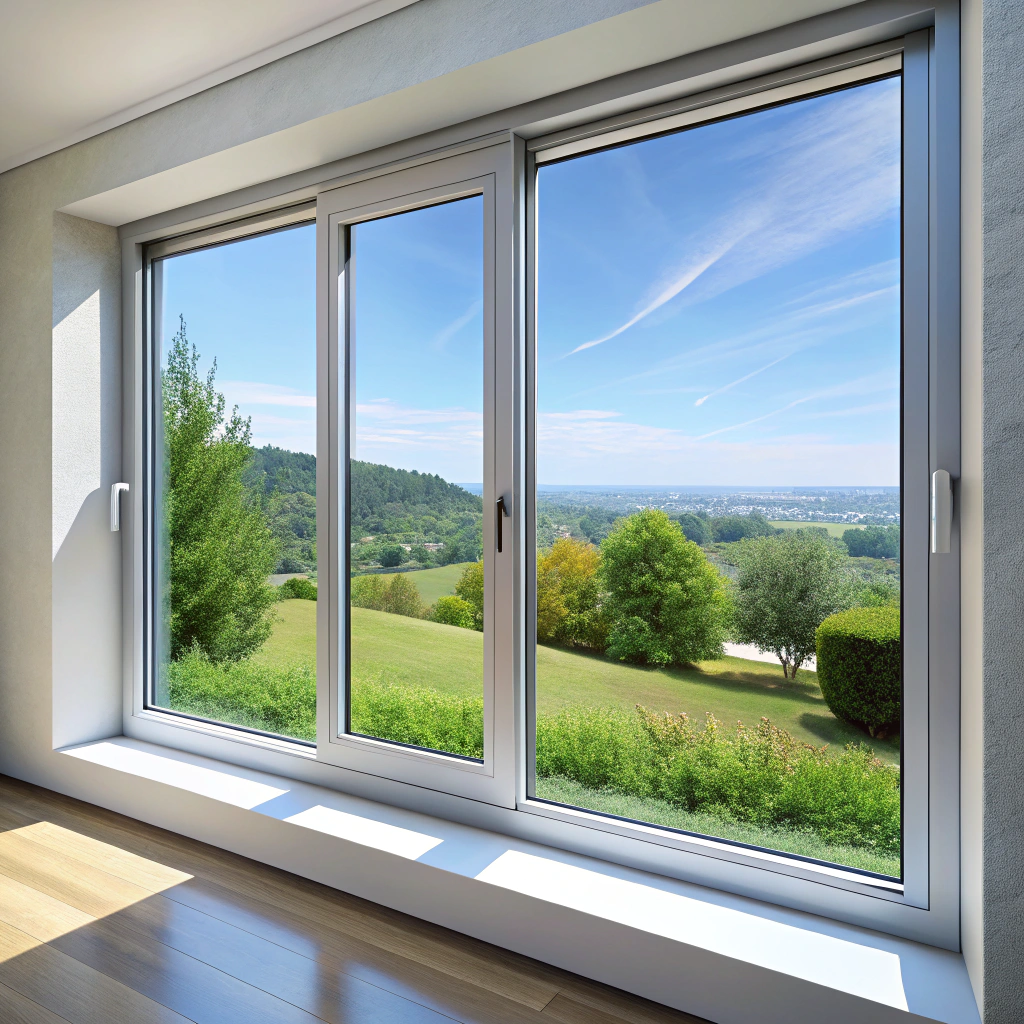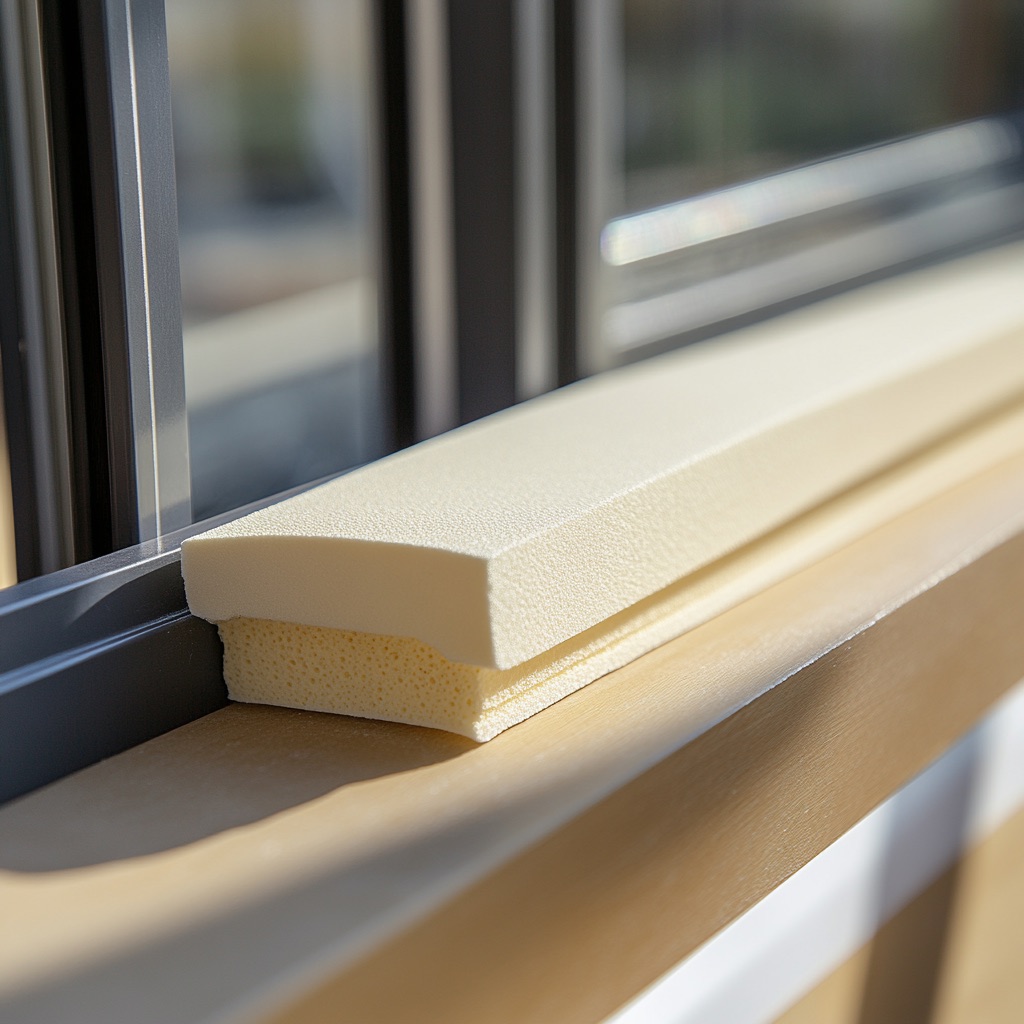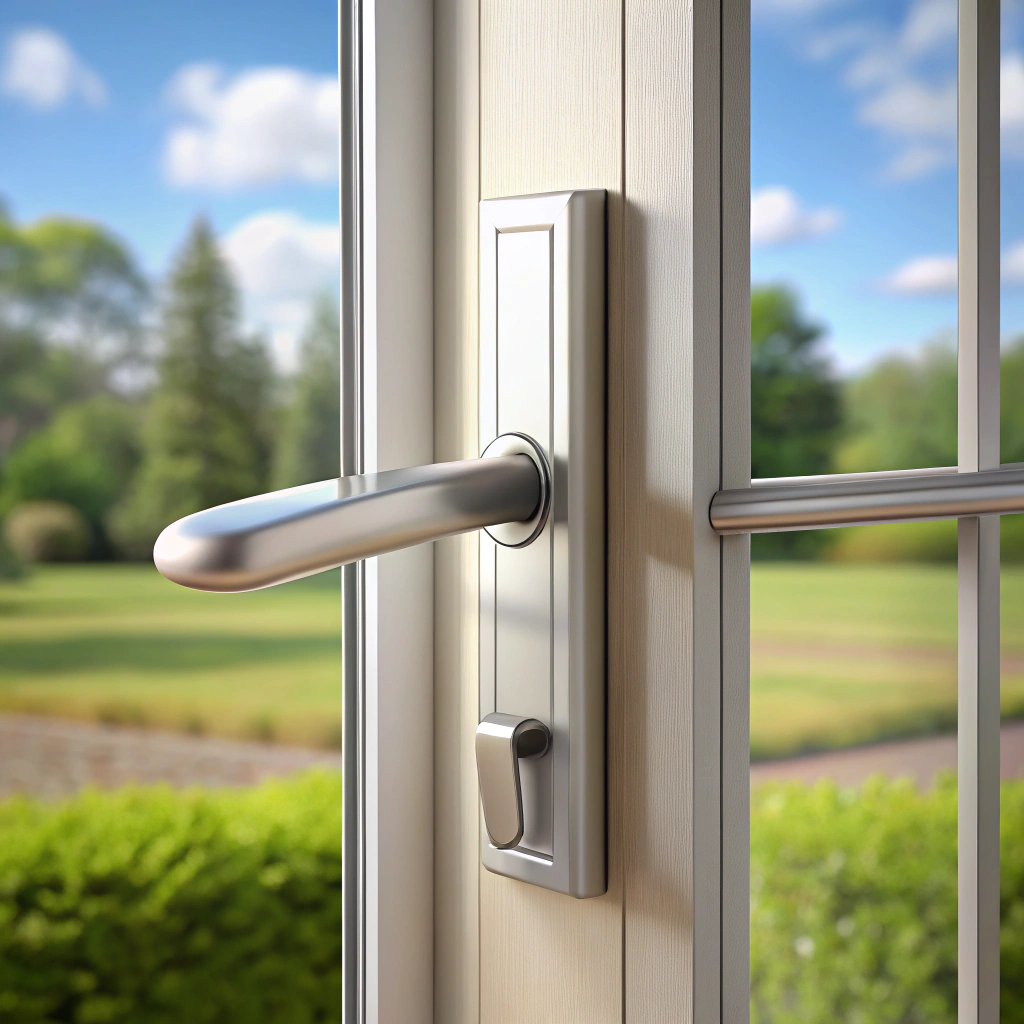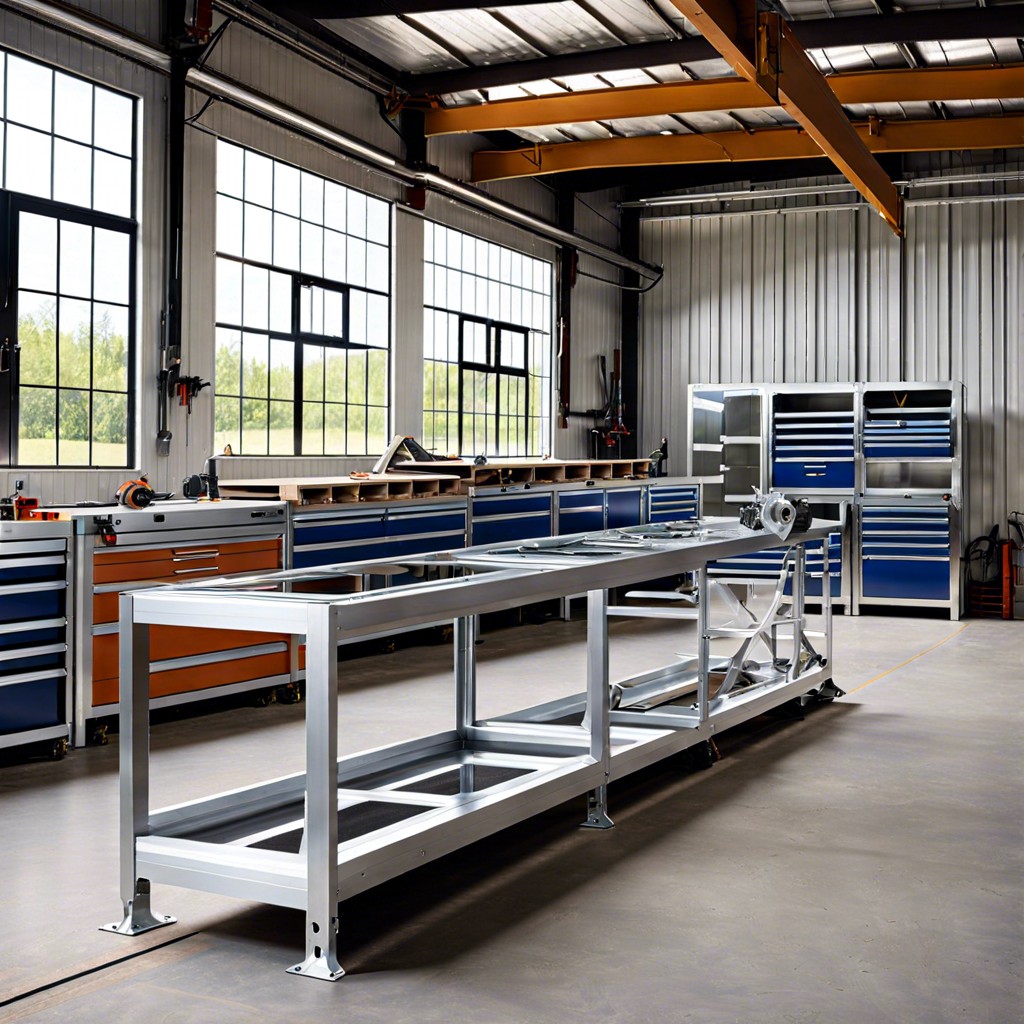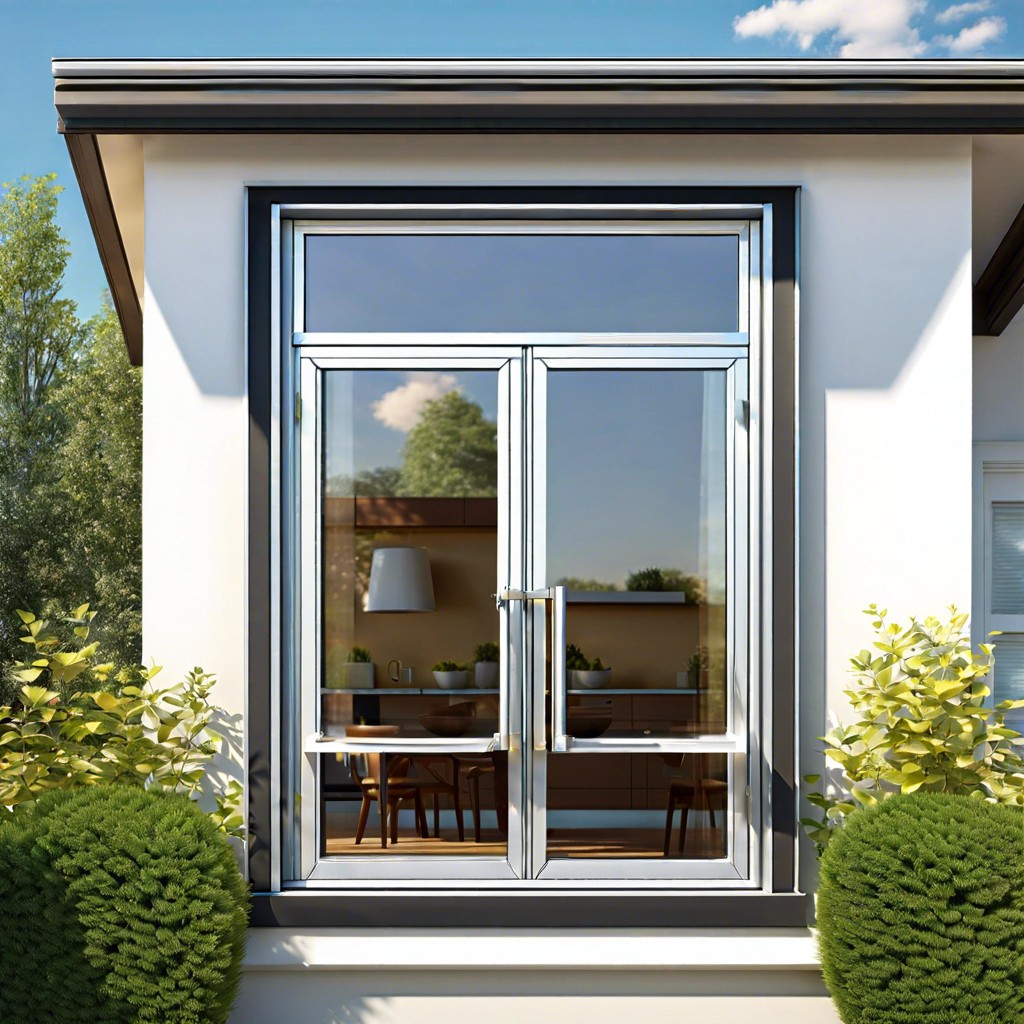Discover the advantages and considerations of aluminum window frame profiles for your home’s aesthetic and functionality.
Key takeaways:
- Aluminum window frames are durable and long-lasting.
- They offer a modern aesthetic and energy efficiency.
- Different profiles suit various architectural styles and functional needs.
- Consider factors like thermal performance, finish durability, and acoustic insulation.
- Regular maintenance and care can extend the lifespan of aluminum frames.
Benefits of Aluminum Window Frames

Aluminum window frames stand out for their durable nature, withstanding harsh weather conditions without warping, cracking, or fading. This resilience translates to longevity, often outlasting frames made from wood or vinyl.
Their slim profile offers a modern, sleek aesthetic, maximizing natural light and views. Energy efficiency is another hallmark; when combined with thermal breaks, aluminum frames effectively insulate, reducing heating and cooling costs.
They are also lightweight, simplifying installation and handling. Lastly, aluminum is a sustainable choice, being fully recyclable without loss of quality, appealing to eco-conscious homeowners and builders.
Different Types of Aluminum Window Frame Profiles
Aluminum window frames come in various profiles, each designed to suit specific structural needs and aesthetic preferences.
- Sliding Profiles: These frames consist of tracks and sashes, allowing windows to slide horizontally or vertically with ease. They’re ideal for modern homes aiming to save space.
- Casement Profiles: Hinged at the sides, these profiles swing open outward or inward, providing excellent ventilation and a classic look.
- Awning Profiles: Similar to casement profiles, but hinged at the top, awning windows are operated by a crank and are perfect for rainy climates as they prevent water from entering when opened.
- Fixed Profiles: These do not open but offer a clear, uninterrupted view and increased energy efficiency due to the lack of opening mechanisms which can let in drafts.
- Tilt and Turn Profiles: Offering dual functionality, these frames can both swing in like a door or tilt from the top for varied ventilation options.
- Thermal Break Profiles: Engineered with a barrier to reduce thermal transfer, they are excellent for controlling indoor temperatures and energy consumption.
- Custom Profiles: Tailored to unique design requirements, these profiles can accommodate irregular shapes and sizes for bespoke window solutions.
Selecting the right profile depends on the desired functionality, the climate of the area, the architectural style of the property, and the budget. Each profile brings its own set of advantages, whether it is ease of use, energy efficiency, or aesthetic appeal.
Considerations When Choosing Aluminum Window Frames for Construction Projects
Assessing the thermal performance is crucial; check the U-value to understand insulation properties—lower U-values signify better insulation.
Verify the frame’s finish durability, opting for powder-coated or anodized profiles to ensure longevity.
For coastal environments, select profiles with corrosion-resistant treatments to combat salt-air damage.
Contemplate the window’s design compatibility with the architectural style of your project, ensuring aesthetic cohesion.
Acoustic insulation should be considered, especially in noise-prone areas; look for frames with sound-dampening qualities.
Evaluate the strength and durability of the frame by considering the weight and size of the intended glass panes.
Energy efficiency is a paramount criterion; seek profiles that accommodate double or triple glazing.
Lastly, scrutinize the frame design for integration ease with other building materials and systems.
Maintenance and Care for Aluminum Window Frames
Aluminum window frames boast durability and weather resistance, yet regular upkeep enhances their lifespan and appearance. For routine cleaning, a mixture of mild detergent and water suffices. Apply with a soft cloth, sponge, or brush with soft bristles, to avoid scratching the surface. Rinse thoroughly with clean water to prevent residue.
Avoid abrasive cleaners or steel wool, which can damage the finish. Check weather stripping and seals annually to ensure energy efficiency and prevent moisture ingress. Apply a silicon-based lubricant to moving parts like hinges and locks to maintain smooth operation. If scratches or dents occur, most can be repaired with color-matched paint or specialized filler products designed for aluminum. Touch-ups will not only improve aesthetics but also protect against corrosion.
Be vigilant for signs of corrosion, especially in coastal areas where salt spray is prevalent. If corrosion is spotted, gently clean the affected area, apply a rust inhibitor, and then touch up with a protective coating.
In winter, prevent ice buildup in frame tracks to ensure easy operation and avoid frame distortion. Simple measures, consistently applied, can ensure the longevity and functionality of aluminum window frames, making them a reliable choice for both residential and commercial applications.
Recap
